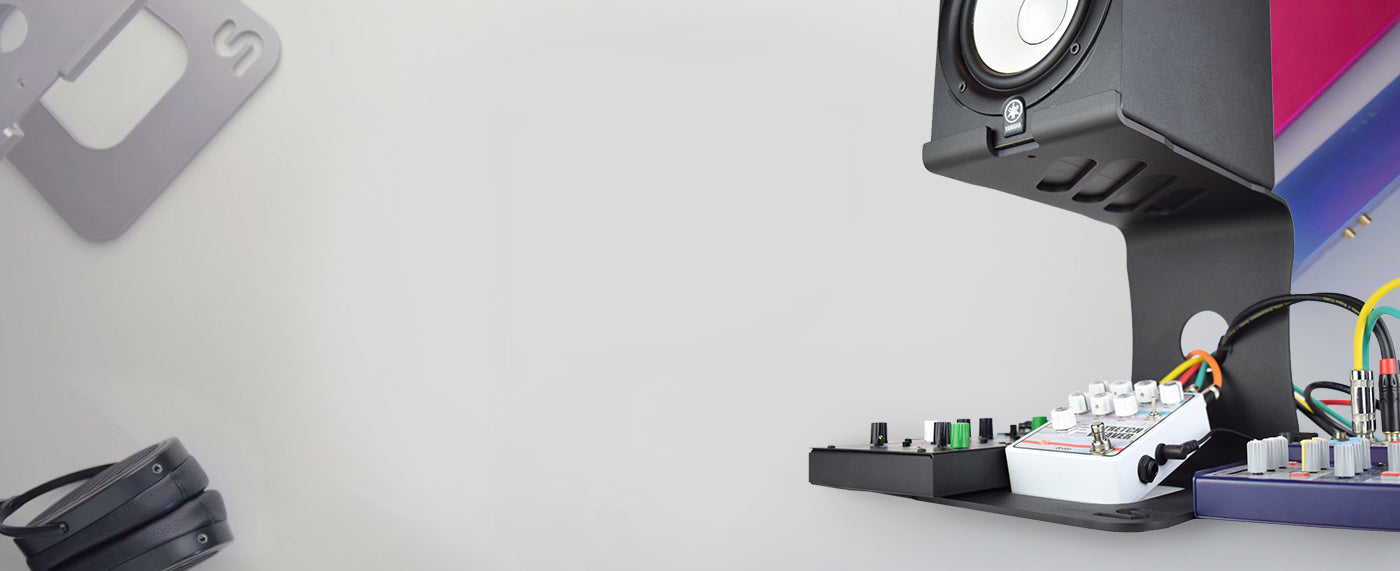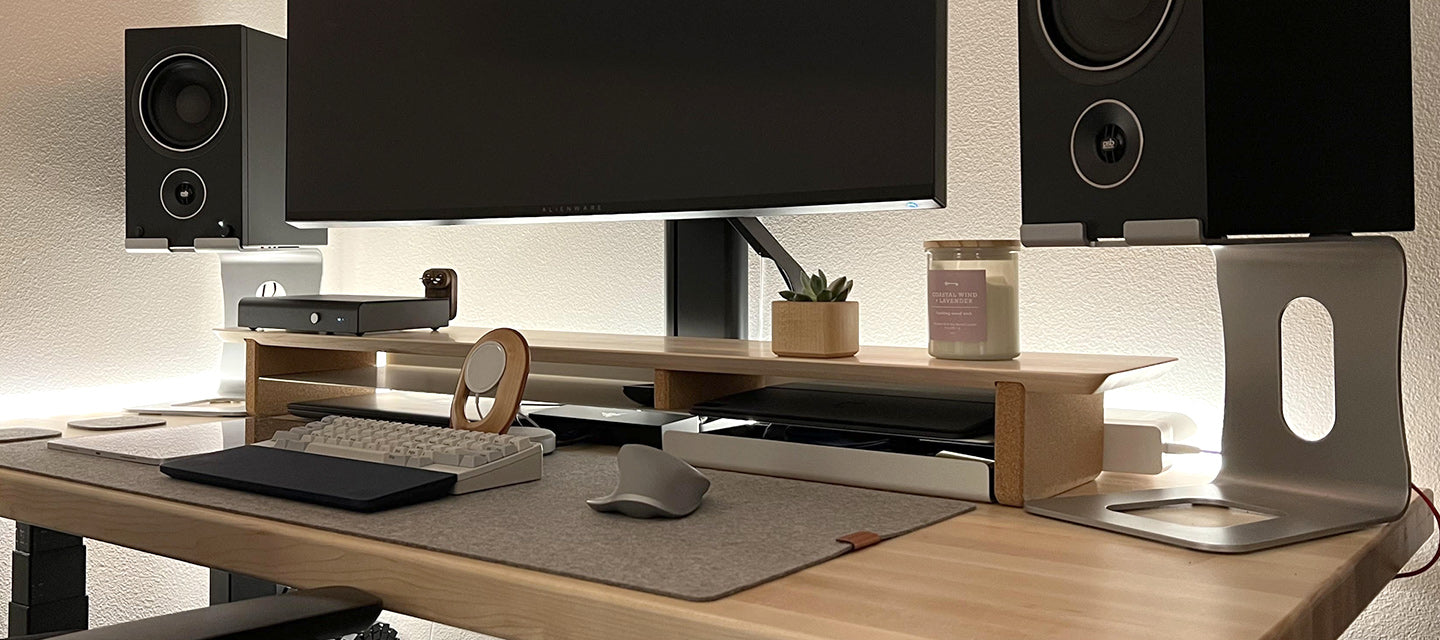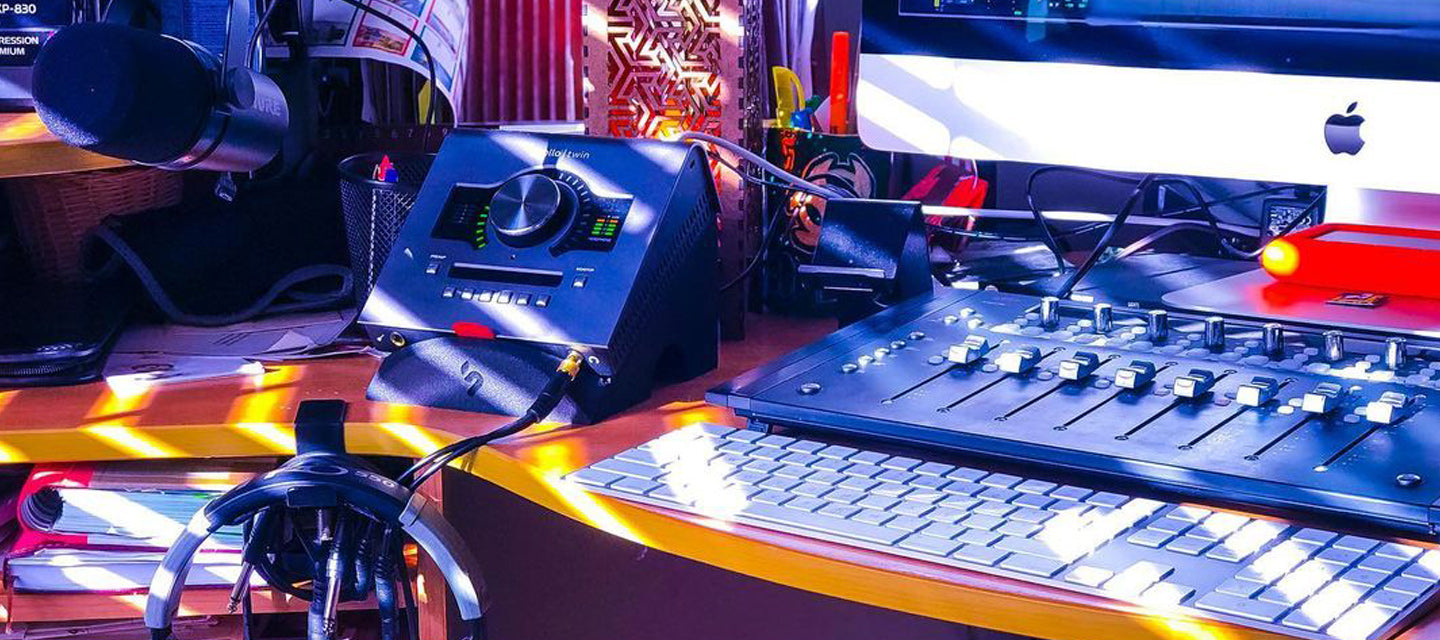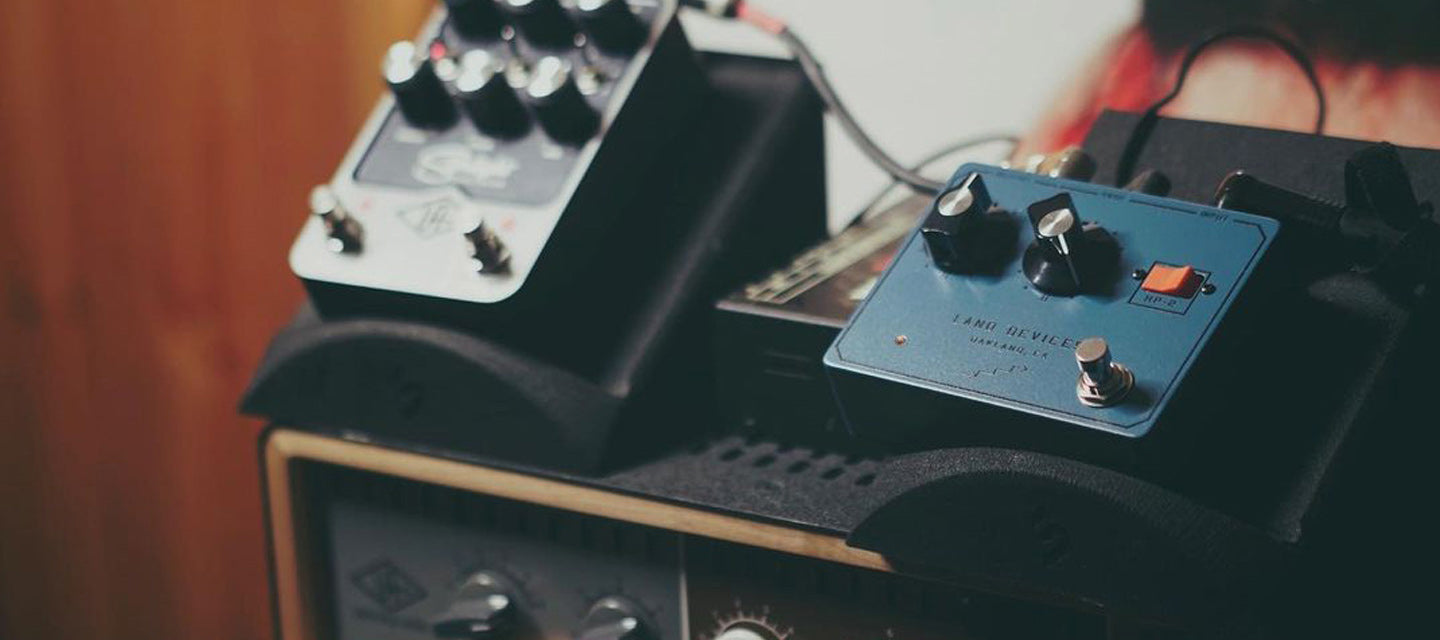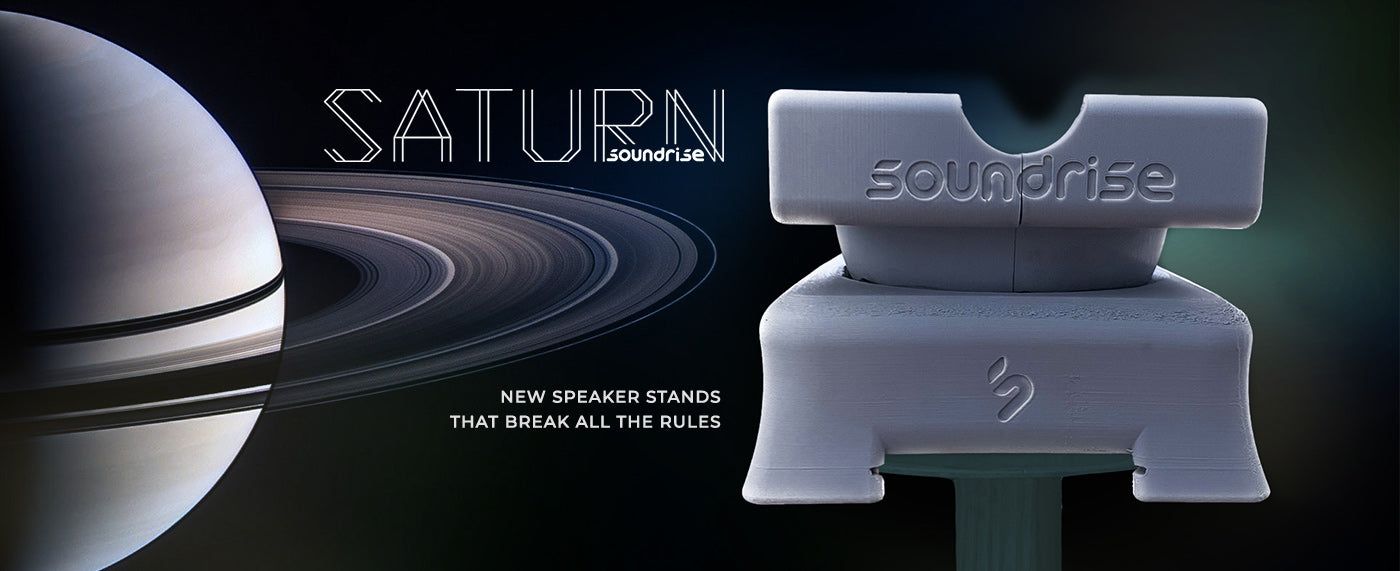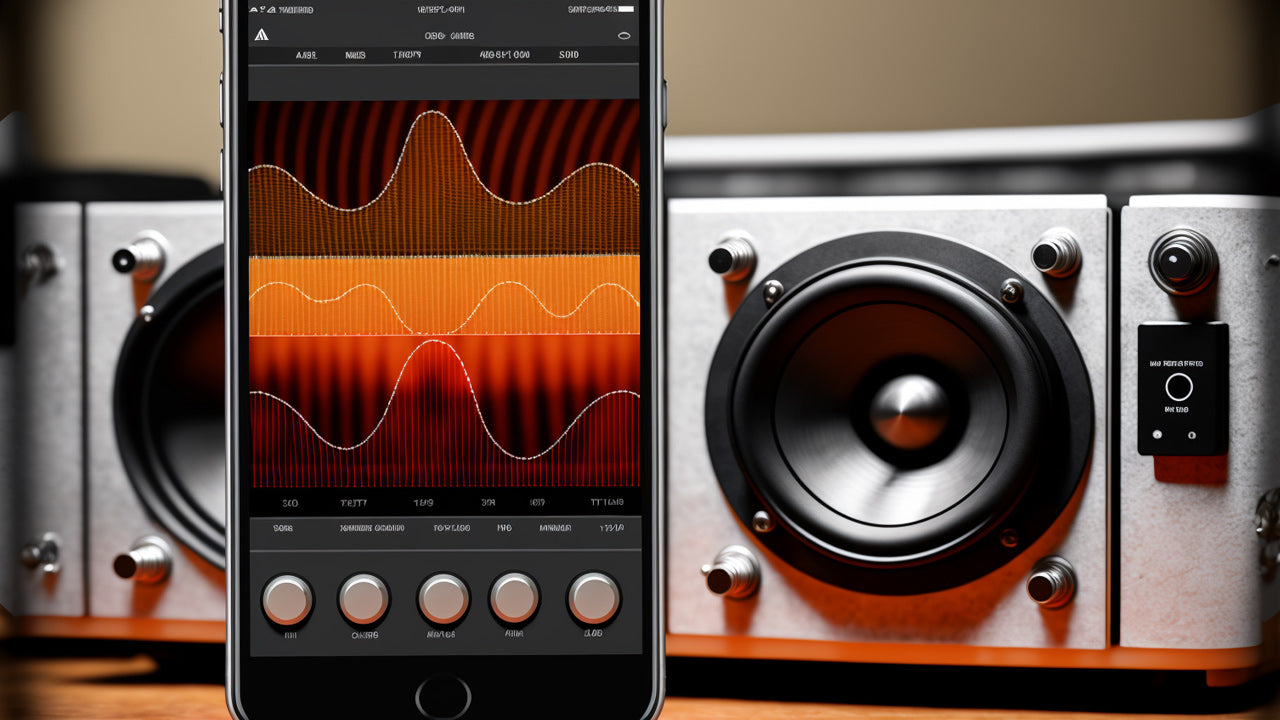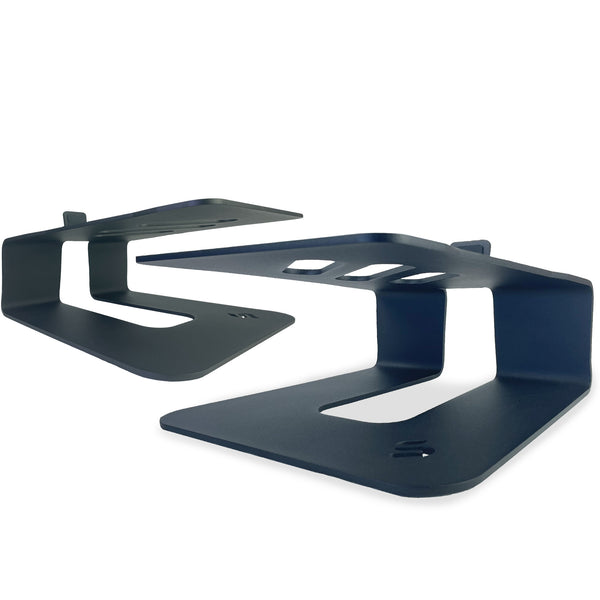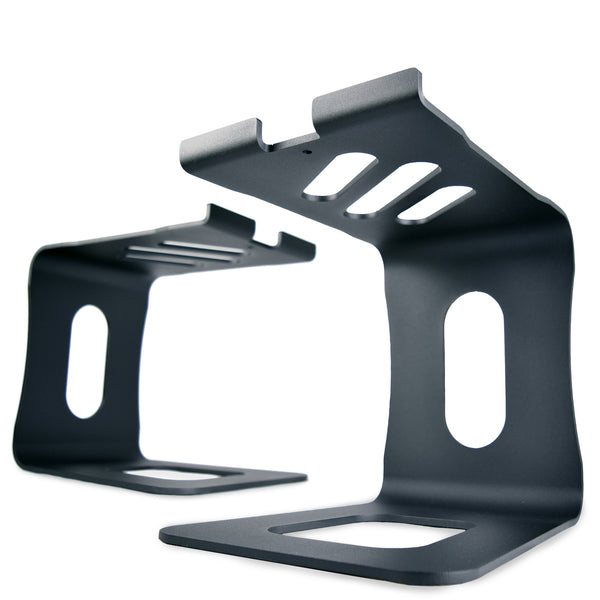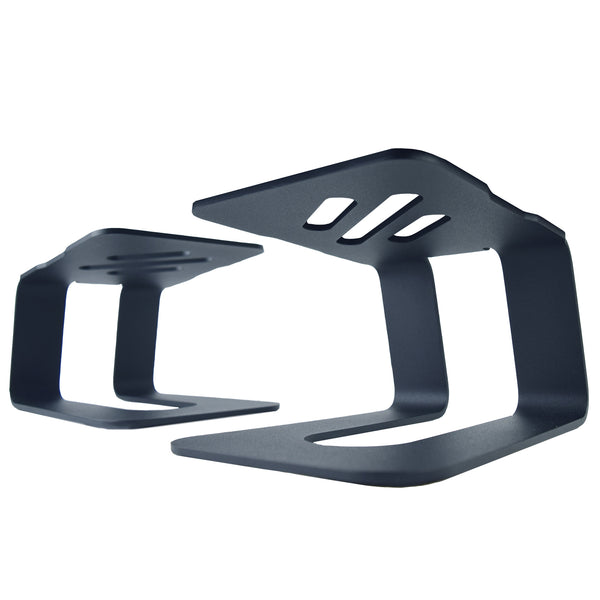Ultimately, speaker stands should be designed around the people using them. Before making a purchasing decision, it pays to look into the brand behind the stand.
Here are some things to keep in mind when choosing the right speaker stand:
- Brand Matters: Make sure to research the brand behind the speaker stand to ensure you're getting a high-quality product. At Soundrise, we constantly iterate on our designs based on customer feedback, resulting in a better and more robust finished product.
- Design is Key: The right design can make all the difference when it comes to sound quality. Look for a stand that's the right height, made from quality materials, and designed with your specific needs in mind.
- Reviews Count: Don't just take our word for it – check out what other musicians, audio professionals, and listeners have to say about our speaker stands. Their honest reviews will tell you everything you need to know.
By choosing the right desktop speaker stand, you'll notice a significant difference in sound clarity, allowing you to enjoy your music or other audio to the fullest. So why wait? Contact Soundrise today and experience the best sound quality you've ever heard!

